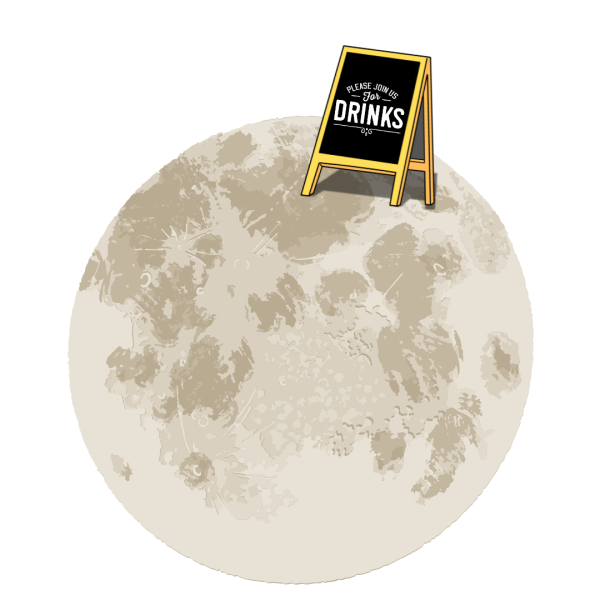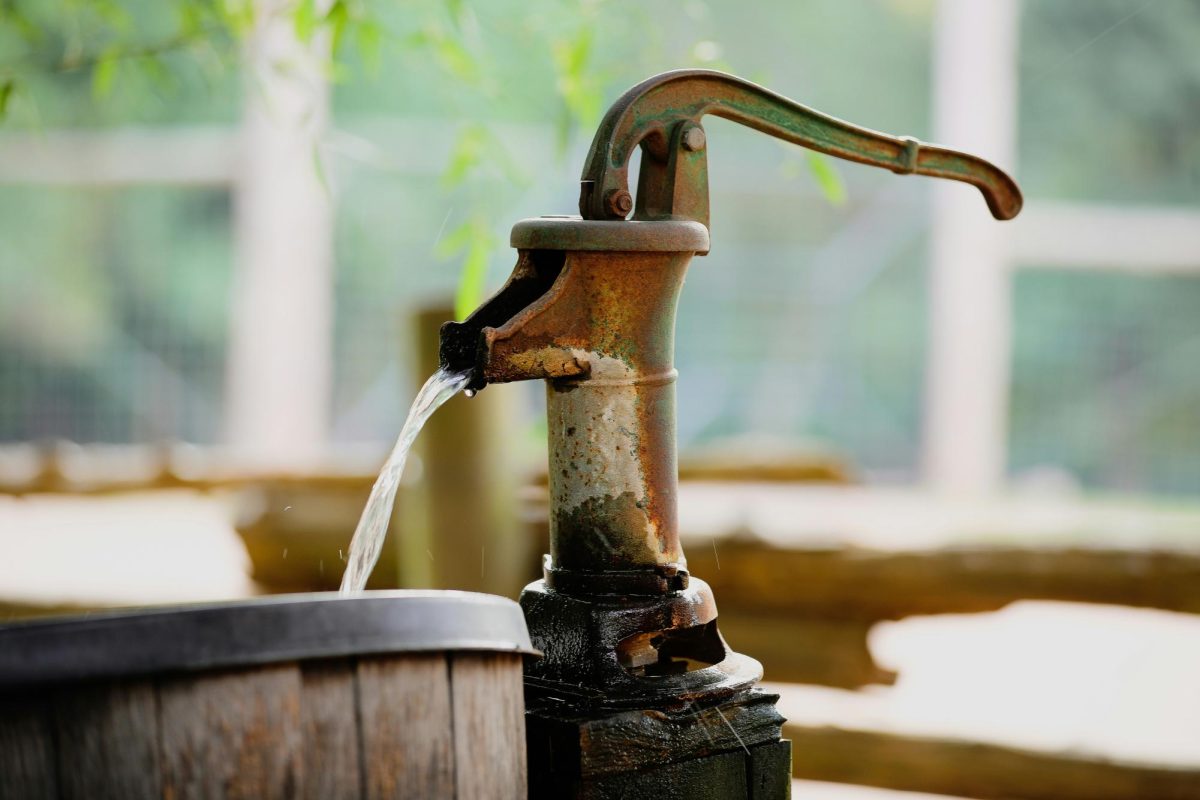Imagine gazing towards the lunar horizon under a new atmosphere, with endless space to explore. I would enjoy riding a hoverboard in my mobility suit on the moon. Elon Musk might imagine people enjoying beers under the Martian moons.
NASA scientists also daydream about space exploration but for scientific reasons. They are planning the development of a lunar base, a human-made habitat that will protect from the harsh environment of the moon. This is part of NASA’s Artemis program, a set of missions to attain scientific advancements and to place habitation systems on the moon to learn how to live on other worlds.
Laboratories and shelters on other space rocks sound fantastic and futuristic, but are we really planning on extracting local Earth materials to have people living on the moon? How much material does it take to build a lunar base? Demand for materials in space is great for space commercialization efforts, but what of the transportation costs the government has to fund, or the environmental effects?
Water, for example, is an essential resource to have a continuous and reliable supply of. It is valuable for both human consumption and as a source of liquid oxygen and liquid hydrogen for fuel. Planetary scientist Dr. Hannah Sargeant at the University of Leicester in England describes a process called in-situ resource utilization (ISRU). ISRU refers to harvesting materials from where you extract a sample, like harvesting materials like iron and sulfur from lunar soil.

Another valuable material to extract from moon soil: oxygen, which can be used to make water. Sargeant said the concept of extracting oxygen from the mineral ilmenite to make water has been around before, but never done on the moon.
“We built a breadboard that mimicked key features, and we proved it with simulated regolith, with lunar meteorites, and then finally, with some Apollo samples, and we were able to produce very, very small amounts of water,” Sargeant said. “But the concept works, and it should be detectable with the instrument on the moon.”
Sargeant was part of a team that collaborated with the European Space Agency to develop a robot to do just that. The Package for Resource Observation and in-Situ Prospecting for Exploration, Commercial Exploitation and Transportation, or PROSPECT for short, is a robot that attaches to a spacecraft sent to the moon. Its mission is to sample lunar soil and isolate chemicals of interest, like oxygen for fuel or iron for construction.
This technology could reduce the weight of loads in spaceships and the monetary and environmental costs of transporting materials, which is of the essence as we begin to learn what it takes to live in a different world.
A robot that can gather samples and do some chemistry with them to isolate materials of interest. Like a scientist.
In 2021, Sargeant and her team published proof of concept work for water production from ilmenite, where she introduced samples to a PROSPECT breadboard model to analyze soil samples and extract chemicals of interest. On the moon, samples would be extracted directly by the robot with a drill taking commands from a computer. A compartment within the robot is kept cold to trap any water vapor produced by converting it to a liquid state.
Hydrogen gas and the samples react to separate oxygen in the form of water vapor, and other volatiles are released as gases. Liquid water is restored to the vapor state so that an instrument can identify it by weight. The team identified water being produced in the mixture of volatile gases; a gas molecule of butane weighs differently than one of water.
Her team also analyzed the reacted samples and observed signs of iron deposits. These iron deposits confirm that there are more valuable resources in the rubbish to mine for.
“So if you can extract iron from that process, great, that is a potential building resource that we could use one day. Also, silicon makes up a huge amount of the lunar minerals,” Sargeant said. ”You can extract all the silicon, and then you can make solar panels. You can extract literally every element.”
PROSPECT is scheduled to land on the moon in 2026 under a separate NASA program. It is equipped with a robotic drill, imaging and gas processing systems. In action, the arm transfers a grabbed sample to a miniature oven that is heated to 1000 degrees Celsius under the presence of hydrogen to begin the hydrogen reaction with the sample.
If all goes well, up-scaling the reactions will be the next step. Sargeant hopes that ISRU advancements in space not only allows us to prove we are capable of extracting resources from outside of Earth, but that these advancements will inspire the next generation of explorers to reach for new horizons.
“That is something that we always are looking to do, expand our horizons, and space is kind of the next horizon for us,” she said. “An investment in space is an investment for us.”
This article was first published in the November 6 print edition of the University Times.













